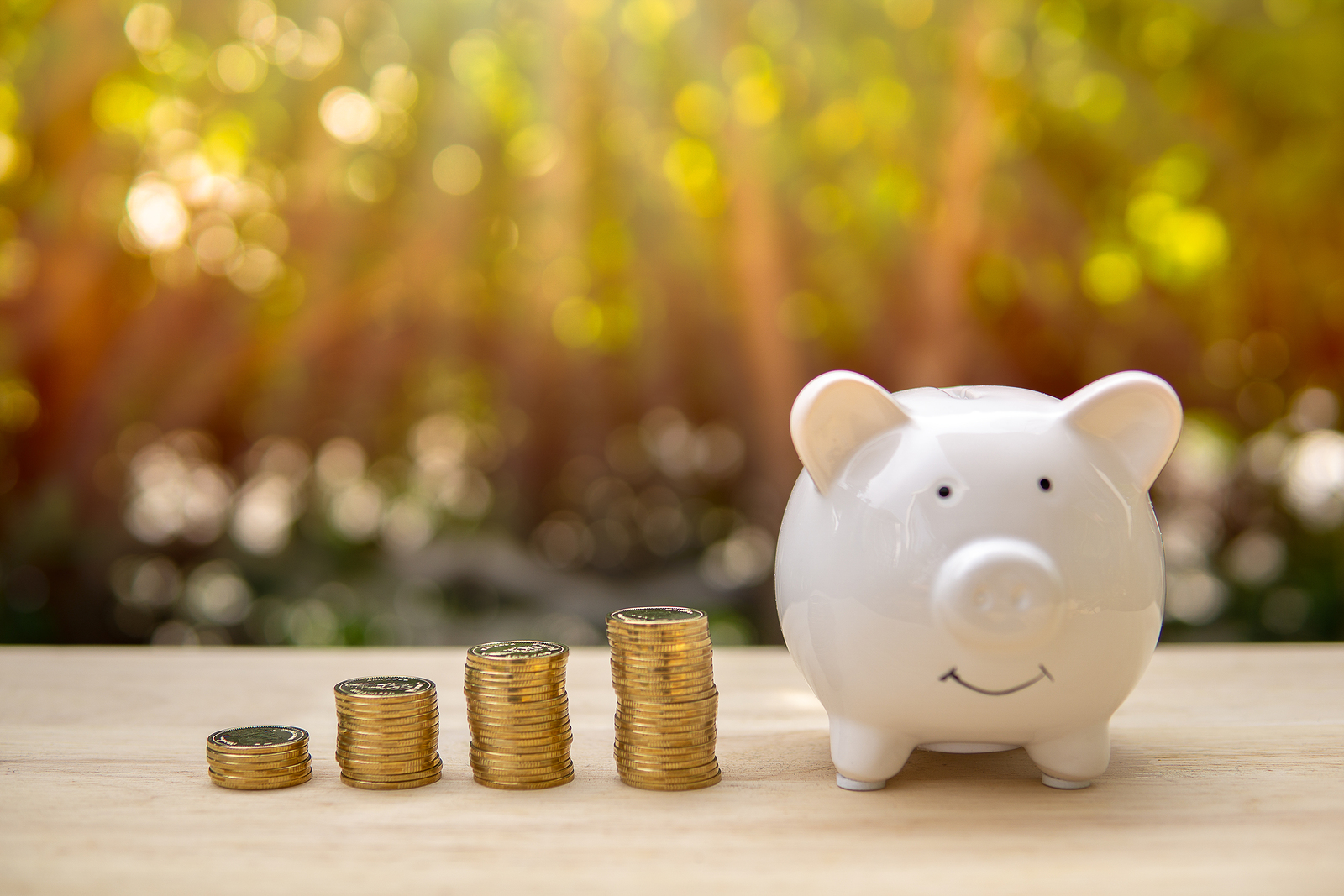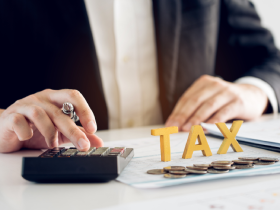Many people are taking the leap to becoming their own boss, and while it may be freeing to choose your own hours and set your own rates, it also comes with lots of responsibilities. From sorting out your taxes to finding clients and everything in between, the whole thing can seem pretty overwhelming.
We’ll guide you through your initial steps to becoming self-employed, along with when and how to inform HMRC.
What are the initial steps to becoming self-employed?
What is it that you want to do? Be a self-employed graphic designer, handyperson, or fitness coach? Sell handmade items on Etsy? The possibilities of working for yourself are endless so once you’ve decided, it’s time to get started.
Step 1 – Decide on a legal structure for your business
This is a huge decision to make, largely down to the fact that the structure you choose has a massive impact on the way you pay tax as a self-employed person. While it’s normal to assume ‘self-employed’ is a business structure, it isn’t.
But don’t panic, there are plenty of business structures to choose from, that will suit your business and how it operates. Two of the most common business structures are sole traders and limited companies.
What’s the difference between a sole trader and a limited company?
Though they’re both types of business structure, operating as a sole trader usually means less paperwork but potentially higher risk compared to setting up as a limited company.
Sole traders:
If you’re a sole trader you are the business. HMRC doesn’t differentiate between you and it. This has its pros – for example, you can keep all the profits you make after you’ve paid your tax and National Insurance, but it also comes with some cons.
A good example of this is liability. Because you are the business, you’re also personally liable for any debts your business incurs. It can cause problems if the business runs into trouble.
You don’t need to register as a sole trader until you’ve exceeded your tax-free trading allowance (which is currently £1,000), and depending on how much you earn, you may not need to pay tax at all. But you’ll still need to keep HMRC in the loop on the profits you’re making!
Limited company:
If you run a limited company, you’re separate from your business (so this means it’s a legal entity in its own right). Depending on how much you earn, this could be much more tax-efficient because of the way that company owners can pay themselves from the business. It’s also good if you work in a ‘high risk’ industry, because of your ‘limited’ liability. Any debts belong to the business, so your personal assets are safer.
The cons involve more paperwork, because if you do decide to start a limited company then you’ll normally have more reporting requirements to think about too, such as:
- Submitting a Company Tax Return and paying Corporation Tax
- Sending annual accounts and confirmation statements
- Reporting income that you personally take from the business, such as reporting a salary through PAYE, or submitting a Self Assessment tax return if you receive dividends
Alternatively, there are other business structures that you could use instead, such as a business partnership. Confused? Don’t worry – we have a complete guide on how to choose a business structure for your business.
Step 2 – Choose a business name
Deciding on a business name can be tricky, so take some time to think about what you’d like your business to be called. There are different rules depending on your business structure. For example:
- Sole traders and partnership can trade under their own or a business name, as long as it’s nothing offensive, and it can’t include ‘Limited’ or ‘Ltd’
- Limited companies must register a name in their own right, because they’re separate legal entities. It can’t be too similar to another company name or trademark, or you may receive complaints! You’re also banned from using anything that suggests an official relationship with the government or another body. The name must include ‘Limited’ or ‘Ltd’ after it.
Registering as a sole trader
To set up as a sole trader you’ll need to register for Self Assessment and submit tax returns to tell HMRC about your profits and pay tax on them. You can always swap to a different structure at a later date – for example, if the business grows and you find it more tax efficient to form a limited company after a while.
Setting up a limited company
Limited companies must be registered with Companies House, who will issue a registration number within a few days. You’ll need to confirm the names of the company’s director(s) and shareholder(s).
The company will normally be registered with HMRC at the same time, so it will be set up ready for Corporation Tax – just make sure you have access to your online account, and that it’s connected to any tax services you need. You’ll also need to register for personal tax (such as Self Assessment) separately – this isn’t automatic!
Step 3 – Create a Government Gateway account
If you’ve ever needed to check anything tax-related online, such as your tax code, you would’ve done it through Government Gateway.
It’s an online government portal, home to people both employed and self-employed that want to check anything HMRC related. To access it, you’ll need to create both a Government Gateway ID and password.
If you’ve never used it before, you’ll need to set one up to register your business and submit your tax returns. It’s also great for keeping an eye on your National Insurance contributions!
Step 4 – Opening a bank account for your business
Opening a business bank account is a legal obligation for limited companies, although sole traders can use their personal account because they ‘are’ the business.
If you’re the latter, we’d recommend opening a business bank account anyway, especially when it comes to completing your bookkeeping. It makes tracking everything much easier and minimises any mistakes that could cost you in penalties!
If you ever transition to a limited company further down the line, it’ll mean you’re already fulfilling your legal obligations too.
Step 5 – Write a business plan
You’ll need a decent business plan to set you off on the right track. It’s basically used to give an overview of your business, why you’ve come up with it, and what makes it stand out from similar businesses in the market.
Included in a business plan will be things such as:
- How the business will run
- A marketing strategy
- The logistics
- Who’s involved in the business
- How you plan to raise funds, as well as other plans such as how much you plan to make over the coming year or quarter.
Step 6 – Organise your financial records
Once you start buying materials and trading, you’ll need to begin keeping a note of your expenses and profits through bookkeeping – which is a legal requirement!
The type of records you must keep includes:
- All of your sales and income
- Business expenses
- PAYE records (only if you employ people)
- Records on personal income
- Any grants
It can be daunting at first, so get yourself sorted with decent accounting software which includes features to help save you time.
If you need more help, we have tips and advice to get your started. Need an accountant? Learn more about hiring one today.








Leave a Reply